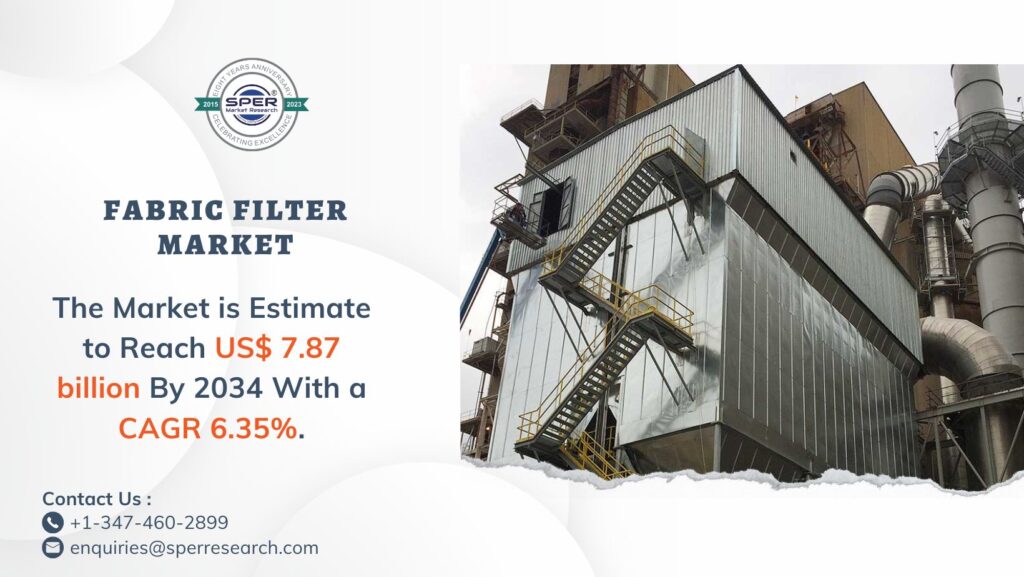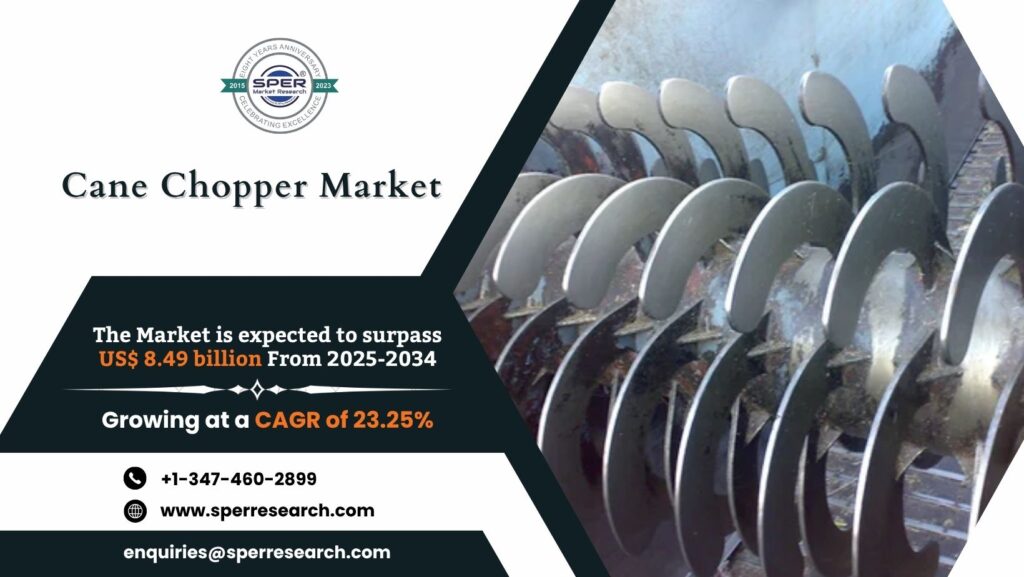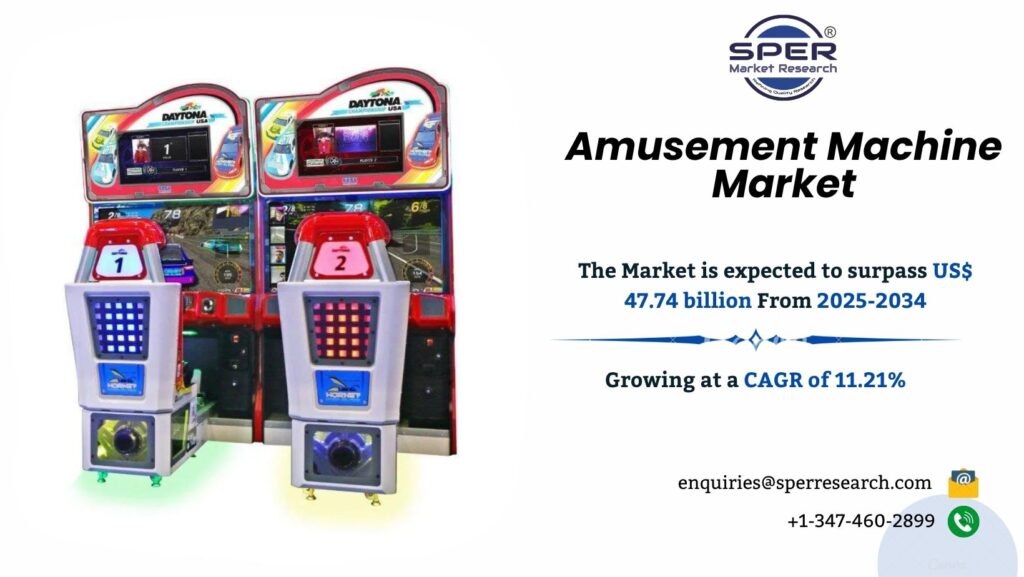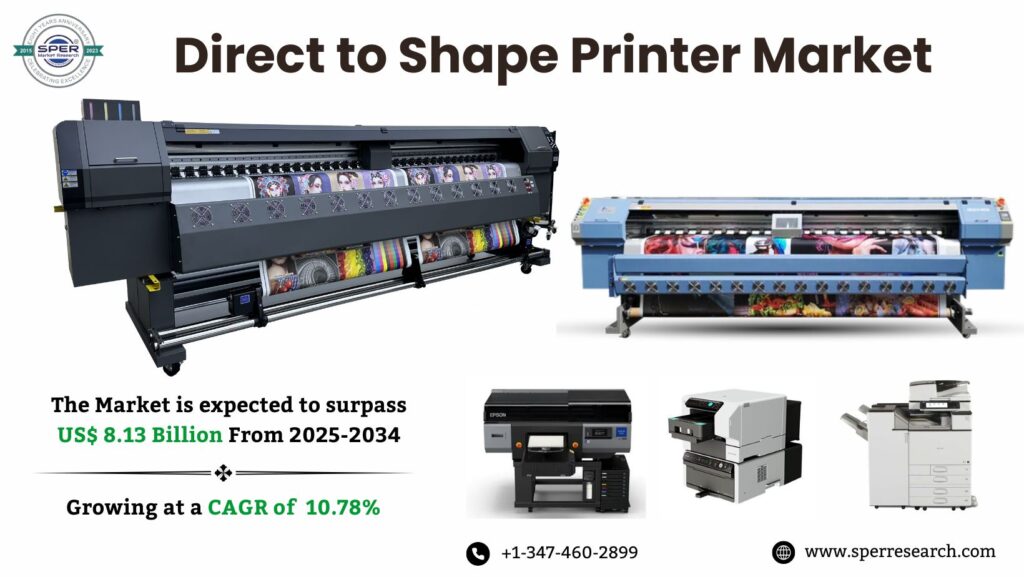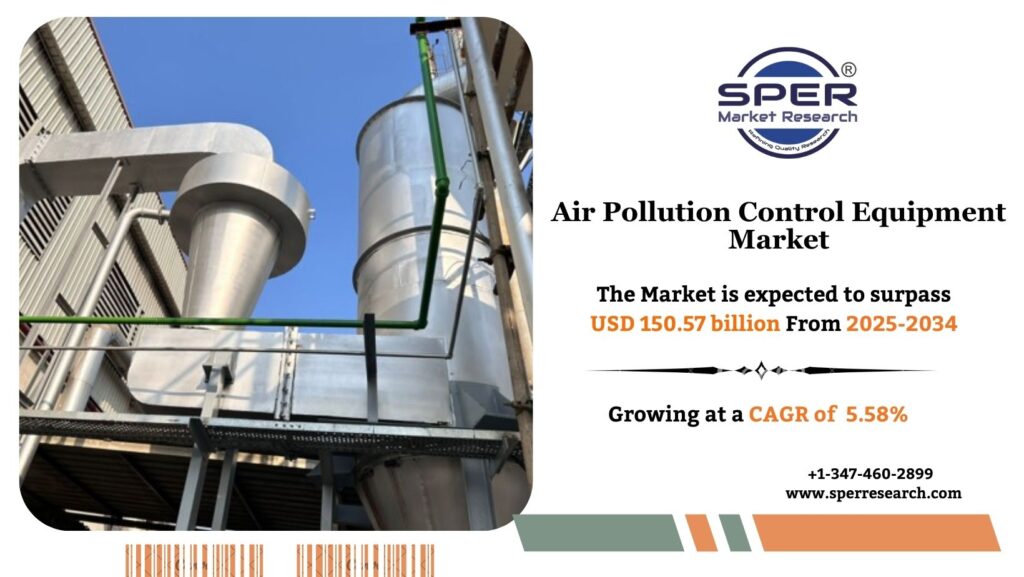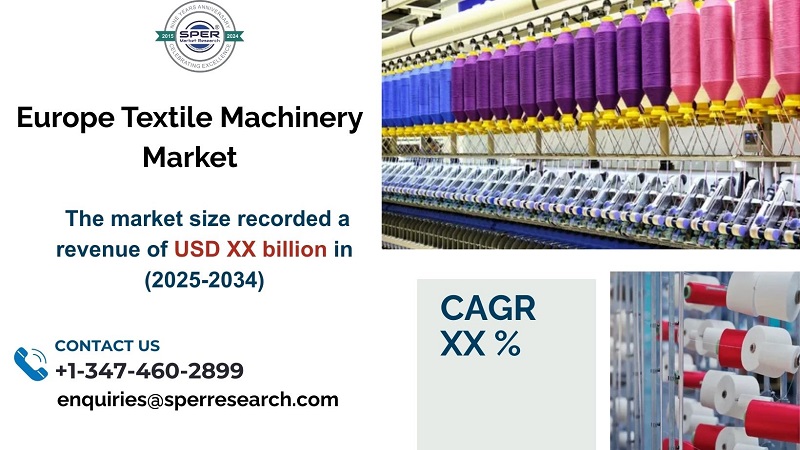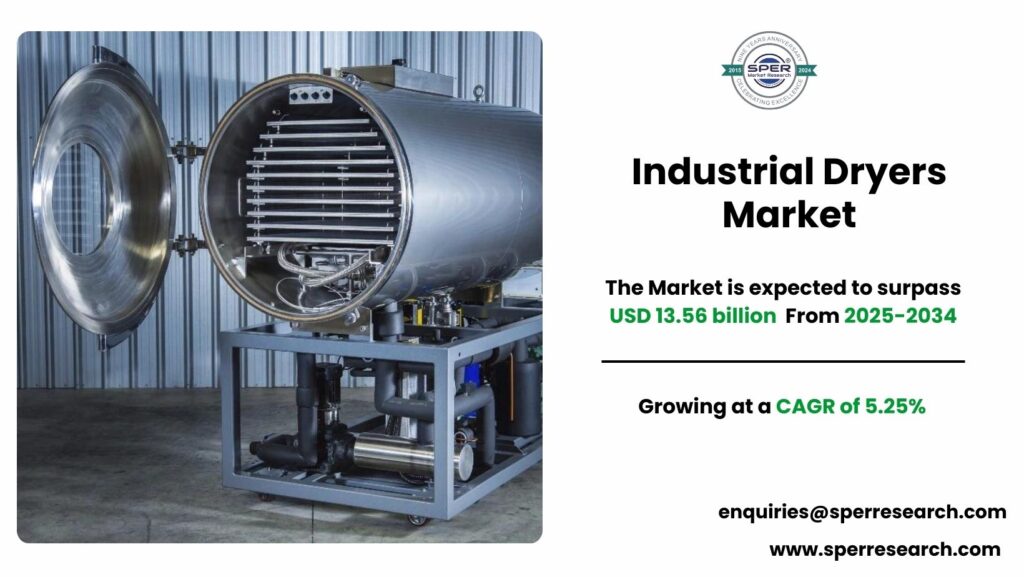Fabric filters, commonly referred to as baghouses, are apparatuses utilized to eliminate particulates from a gas stream by directing air through a fabric filter medium. These fabric filters are specifically engineered for air pollution management. They employ fabric filter tubes, envelopes, or cartridges to capture and segregate dust and other particulate contaminants. Their usage is widespread, spanning from small-scale work environments to large industrial facilities, such as coal-fired power stations and cement manufacturing plants.
According to SPER market research, ‘Global Fabric Filter Market Size- By Product, By End-User – Regional Outlook, Competitive Strategies and Segment Forecast to 2034’ state that the Global Fabric Filter Market is predicted to reach 7.87 billion by 2034 with a CAGR of 6.35%.
Drivers:
The market for fabric filters is expected to increase significantly on a global scale due to strict environmental regulations and growing industrialisation. The rising implementation of fabric filters across different sectors—including power generation, chemical processing, and manufacturing—to manage air pollution and comply with emission standards is propelling market growth. Additionally, the heightened awareness surrounding environmental sustainability and the need for energy-efficient filtration systems are further driving the market’s expansion. Moreover, advancements in technology, such as the innovation of nanofiber-based filters that offer superior filtration efficiency, are generating new opportunities for market growth.
Download Free Sample Detailed Report – https://www.sperresearch.com/report-store/fabric-filter-market?sample=1
Restraints:
The substantial expenses associated with installation and upkeep are among the most significant obstacles facing fabric filter systems, particularly in industries sensitive to costs. The large upfront capital outlay, along with ongoing maintenance expenses, may deter smaller firms from adopting advanced filtration technologies, thereby limiting broader market access. Fabric filters also encounter operational constraints, particularly in extreme environments characterized by high temperatures or corrosive conditions. These performance restrictions can confine their applicability within specific industries, where alternative filtration systems might offer more effective solutions, consequently impacting the overall market viability of fabric filters in specialized fields.
In 2024, the Asia Pacific region led the fabric filter market, capturing the largest share of revenue, propelled by heightened industrialization, urbanization, and strict environmental regulations designed to manage air pollution. Authorities in this region, especially in countries like China, India, Japan, and Australia, are enacting stringent emission control measures to address escalating pollution levels. Regulatory agencies such as China’s Ministry of Ecology and Environment (MEE) and India’s Central Pollution Control Board (CPCB) are imposing strict emission standards on industries, power plants, and manufacturing facilities. Some of the key market players are Siemens AG, Affinia Group, Nederman Corporation Inc, Pall Corporation, Donaldson Company, and others.
For More Information, refer to below link: –
Related Reports:
Follow Us –
LinkedIn | Instagram | Facebook | Twitter
Contact Us:
Sara Lopes, Business Consultant — USA
SPER Market Research
enquiries@sperresearch.com
+1–347–460–2899
